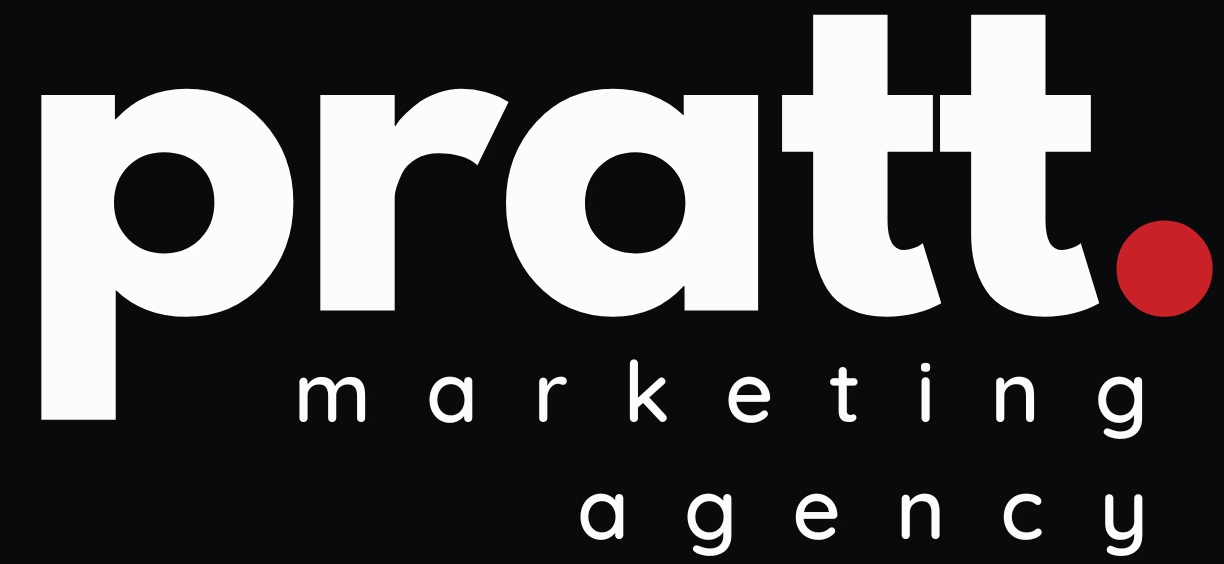Did you know that 47% of consumers expect a web page to load in 2 seconds or less?
Or that a one-second delay in page load time can result in a 7% reduction in conversions?
Website page speed is no longer just a nice-to-have feature; it’s a critical component of user experience and business success.
In this blog post, we’ll discuss why page speed matters and provide five actionable tips to improve it.

Why Page Speed Matters
User Experience
Page speed is a key factor in user experience. Slow-loading pages can frustrate users and lead to high bounce rates, while fast-loading pages can improve engagement and encourage users to stay on your site longer.
In fact, a study by Google found that as page load time goes from 1 second to 10 seconds, the probability of a mobile site visitor bouncing increases by 123%.
Search Engine Rankings
Page speed is also a ranking factor for search engines. Google has stated that page speed is a factor in their algorithm, and slow-loading pages can negatively impact your search engine rankings.
This means that improving your page load speed cannot only improve user experience but also help you rank higher in search engine results pages.
Conversion Rates
Finally, page speed can have a significant impact on conversion rates. As mentioned earlier, a one-second delay in page load time can result in a 7% reduction in conversions.
This means that improving your page load speed can lead to higher conversion rates and ultimately, more revenue for your business.
5 Tips to Improve Page Speed
Now that we’ve established why page speed matters, let’s dive into five actionable tips to improve it.
1. Optimize Images
Images are often the largest files on a web page, which can slow down page load time. To optimize images, make sure they are in the correct format (JPEG for photographs, PNG for graphics), compress them to reduce file size, and use lazy loading to only load images as they are needed.
2. Minimize HTTP Requests
HTTP requests are made for each element on a web page, including images, scripts, and stylesheets. The more requests that are made, the longer the page will take to load. To minimize HTTP requests, combine multiple files into one (e.g., combine CSS files into one stylesheet) and remove any unnecessary elements from the page.
3. Use a Content Delivery Network (CDN)
A CDN is a network of servers that are distributed around the world. When a user requests a web page, the server closest to them will deliver the content. This can significantly reduce page load time, especially for users who are far away from your web server.
4. Enable Browser Caching
Browser caching allows web pages to be stored in a user’s browser cache, so they don’t need to be reloaded every time the user visits the page. This can significantly reduce page load time for returning visitors. To enable browser caching, set an expiry date for your static resources (e.g., images, CSS files) and use HTTP caching headers.
5. Minimize JavaScript and CSS
JavaScript and CSS files can also slow down page load time. To minimize their impact, make sure they are minified (i.e., all unnecessary characters are removed) and combined into as few files as possible. This can reduce the number of HTTP requests and improve page speed.
In Conclusion…
Page speed is a critical component of user experience, search engine rankings, and conversion rates.
By optimizing images, minimizing HTTP requests, using a CDN, enabling browser caching, and minimizing JavaScript and CSS, you can significantly improve your website page speed.
Don’t ignore this important factor – prioritize page speed and reap the benefits.
Additional Resources
Want Website Design & Maintenance Support?
Check out our website services!

 Dave Pratt’s STAR WorldWide Networks & Agency is one of the fastest growing digital media producers, distributors and marketing agencies in the nation. Our agency offers full-service media and digital marketing services to hundreds of companies worldwide...
Dave Pratt’s STAR WorldWide Networks & Agency is one of the fastest growing digital media producers, distributors and marketing agencies in the nation. Our agency offers full-service media and digital marketing services to hundreds of companies worldwide...
0 Comments